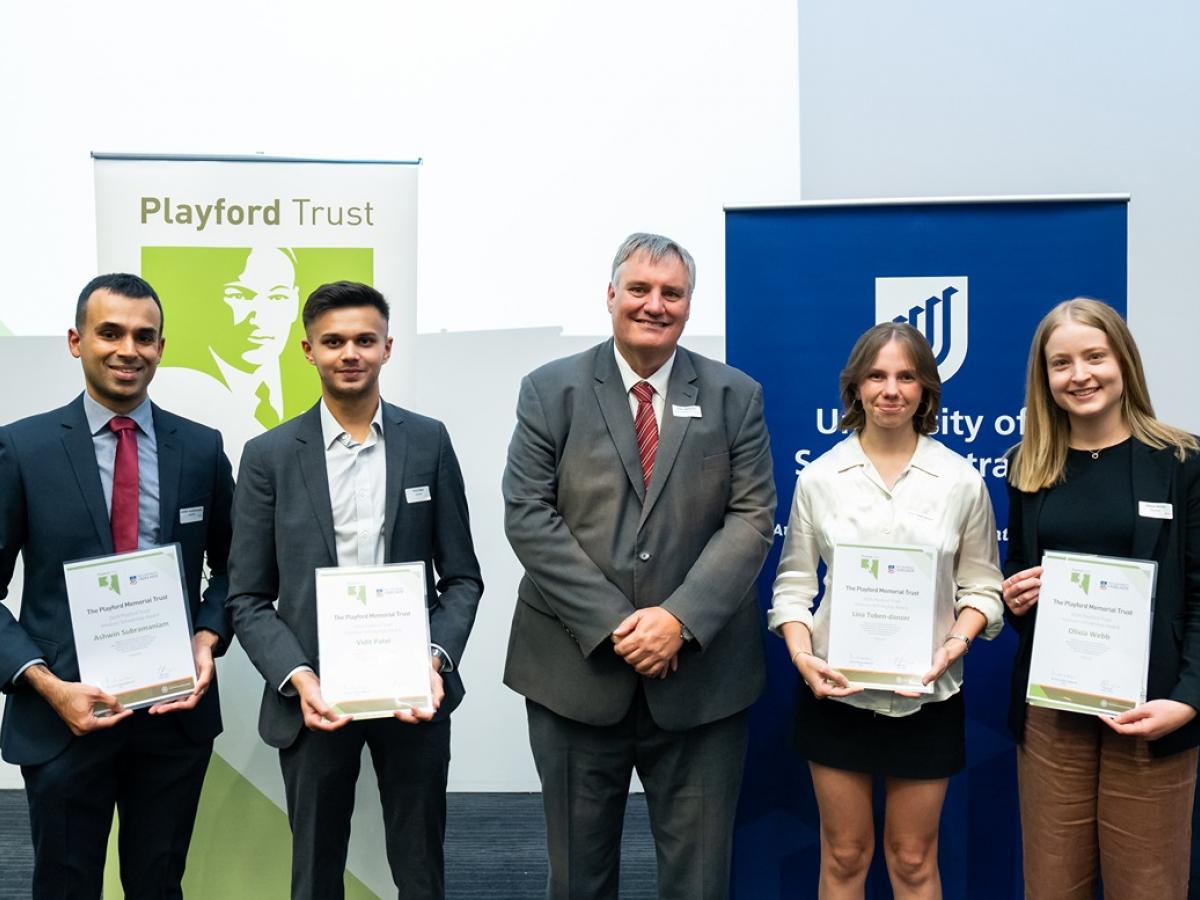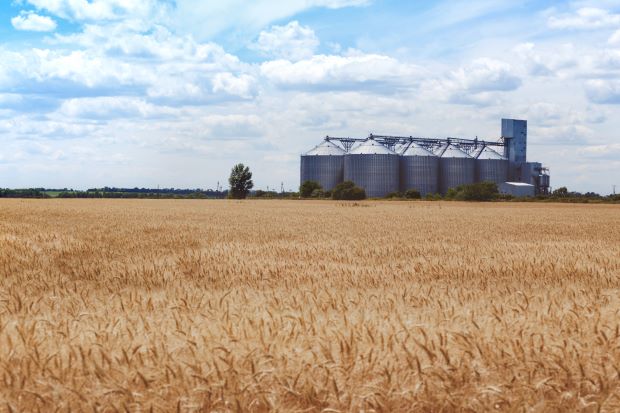Department of Conservation (DOC) Ranger Sharyn Broni says the 36 pairs nesting at the colony this season have all successfully laid an egg, and the chicks have started to hatch.
The chick that will feature on the Royal Cam livestream hatched in the incubator on Wednesday evening, the 11th chick to hatch this season. It was returned to the nest weighing a healthy 300 g.
Royal Cam is a round-the-clock livestream hosted on DOC’s website and the Cornell Lab’s global network of live bird cams. Each season it broadcasts a chosen chick’s journey from egg to fledgling, providing insight into the behaviour of these special birds and the work that goes into raising them.
“It’s great to see this season is shaping up as another successful one, with a good number of eggs and chicks,” Sharyn Broni says.
“But while the colony is doing well, this species still faces plenty of challenges out in the wild. The latest bird threat classification report, released in December, saw the northern royal albatross’ conservation status worsen to Threatened – Nationally Vulnerable.
“The report says fisheries bycatch (primarily outside of New Zealand’s waters), and droughts or storm events associated with climate change, appear to be causing the decline.
“It’s a reminder that we can help by taking steps to reduce our contribution to climate change, and to dispose of plastic carefully, as once it’s in the ocean albatross can mistake it for food.”
Otago Peninsula Ecotourism Trust Operations Manager Hoani Langsbury says, “all the staff at the Royal Albatross Centre are excited for the newly hatched chicks, which are a positive for tourism in Dunedin.”
Sharyn Broni says the team at Taiaroa Head will be kept busy over the coming weeks as the hatching eggs and chicks are monitored closely.
Once an egg pips (when the chick punches a small hole in the eggshell to start the process of hatching), it is swapped with a dummy egg and taken from the nest to an incubator to prevent flystrike. This is when flies lay maggots on the egg or chick, which can quickly kill it during the three to six day hatching process.
Once hatched, the chick is returned to the nest. The parents will be in the guard stage for the next five or six weeks, meaning one will stay at the nest while the other spends a few days hunting for food. After that, they will leave the chick unguarded, except for feeding visits, until it fledges in September or October.
At this time of year, rangers work 12 hours a day to monitor chick health and weight, check for flystrike, ensure their first feed from parents goes smoothly, and to keep an eye on temperatures. An irrigation system is in place to keep the toroa cool.
Last season the colony at Taiaroa Head had a record-breaking year, with 30 chicks fledging.
Background information
Royal Cam is a livestream of a chick within the toroa/northern royal albatross colony at Pukekura/Taiaroa Head, on the Otago Peninsula. The colony is the only mainland place in the world to view northern royal albatross in their natural habitat. Each year, the livestream focuses on one breeding pair as they raise a chick to fledging (or leaving the headland).
Toroa/northern royal albatross are one of the largest seabirds in the world, with wingspans up to 3 m. They are a vulnerable species that has been affected by changes to habitat and climate and by some fishing practices.
They reproduce slowly, with breeding pairs typically raising a chick once every two years.
DOC manages the albatross colony with the support of the Otago Peninsula Trust, Te Poari a Pukekura (Pukekura Co-management Trust, which governs Pukekura/Taiaroa Head) and Dunedin City Council. The colony has grown from just one breeding pair in 1937.
Royal Cam joined Cornell Lab’s global network of live bird cameras in 2019, upgrading DOC’s existing web stream withn new capabilities like the ability to pan and night vision. Night vision also gives our international streamers the ability to tune in at any time of the day, when previously they would miss out on much of the albatross action due to different time zones.
The popular Royal Cam livestream had more than 2.3 million views and was watched for more than 400,000 hours last season.
This season, the Royal Cam parents on screen are OGK, a 28-year-old male, and YRK, a 24-year-old female. The pair have been breeding since 2006 and this is their eighth attempt. Their names come from the unique combination of coloured bands on the birds’ legs, which are used to identify them. They are the parents of the 2020 Royal Cam chick, Atawhai.
Pukekura/Taiaroa Head is a significant site for its cultural and historic values, and the other taonga species that live there. It is home to about 10,000 birds including red-billed gulls/tarāpunga, little penguins/kororā, spotted shags/parekareka, Otago shags, titi, and royal spoonbill.








